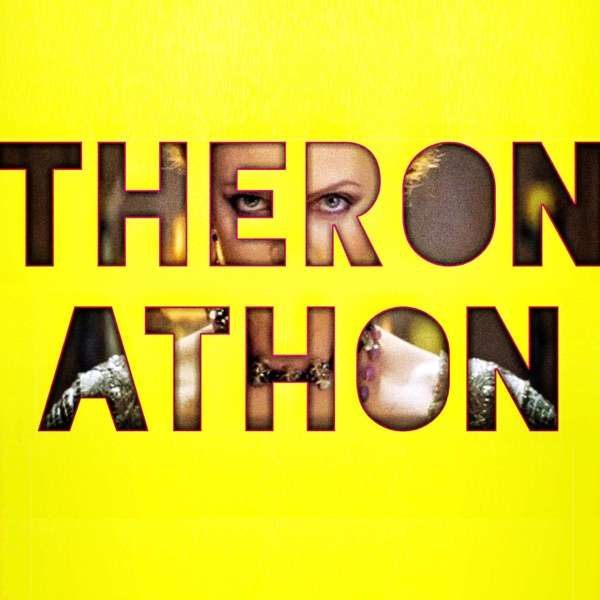Topic Introduction:
What's in a face? That's the question we tackle this episode, with an auditory look at the various faces that have been purported to be of Shakespeare over the ages. Which portraits have been put forth as depictions of the Bard? Of those, which are most likely, and which have been discredited?
More importantly: Why do we care so much?
List of Portraits Discussed in this Episode:
The Stratford monument: In Stratford-upon-Avon, installed in 1617-1618 above the chancel in Holy Trinity Church, which is where Shakespeare is buried.
The First Folio engraving by Martin Droeshout: The most famous portrait of Shakespeare, featured on the title page of the First Folio.
The Chandos Portrait: Aka the sexy earring portrait. Possibly depicts Shakespeare in costume as Shylock. Definitely dates from the first decade of the 17th century. Owned by the National Portrait Gallery.
The Cobbe Portrait: One of the more recently identified portraits potentially of Shakespeare.
The Sanders Portrait: Maybe our favourite (as a Canadian, if nothing else). Has undergone possibly the most rigorous testing of any of the supposed portraits of Shakespeare.
The Soest Portrait: Aka Greg. Just a nice guy.
...and the rest, which have all been disproved as portraits of Shakespeare:
Grafton
Flower
Ashbourne
Janssen
Notes on terminology:
provenance: the record of ownership of a painting or work of art. It's used to authenticate a piece of art; the more solid the history of ownership or provenance, the more authentic it is deemed to be. Murky provenance doesn't automatically discount a painting, and solid provenance doesn't always guarantee that a painting is what it claims to be.
dendrochronology: the study of tree rings, used specifically to date a piece of wood. Used in the art world to determine the age and possibly the years of growth of the paneling a portrait or painting has been painted on.
microscopic analysis: examines signs of aging in the paint layer. Looks at things such a craquelure, pigment saturation, efforts at restoration and other such things that can only be seen under a microscope.
IR spectroscopy: uses infrared (IR) light to determine specific properties of a painting, like the paint or glue used in its production. Can also be used on wood to determine dating.
Ancient Bickerings:
Today is less of a debate and more of an opinion piece: Which portrait do we each want to be authentically of Shakespeare?

 Our TOPPODCAST Picks
Our TOPPODCAST Picks  Stay Connected
Stay Connected







